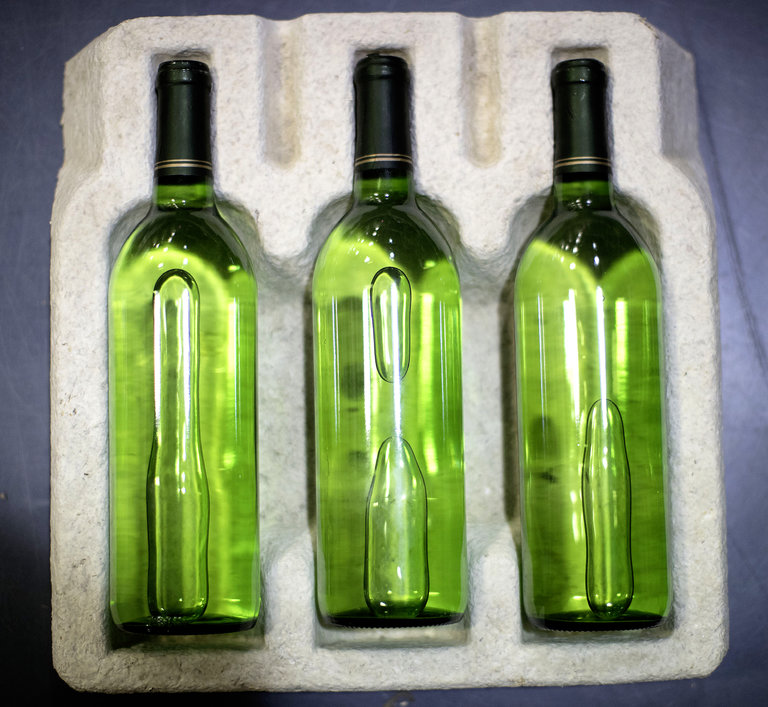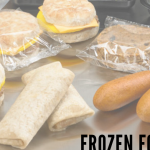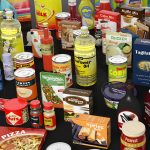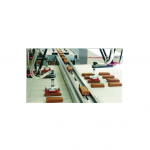
Packaging Food With Food to Reduce Waste
For the environmentally conscious eater, they are among the most inconvenient truths: Too much food goes to waste. Too much packaging comes with the food. And too much of the packaging is made to last for ages.
Now there may be a single answer to all three problems: using excess food to make the packaging.
A growing number of entrepreneurs and researchers are working to turn foods like mushrooms, kelp, milk and tomato peels into edible — if not always palatable — replacements for plastics, coatings and other packaging materials.
Their efforts come as food and beverage companies are not only looking for biodegradable containers — Nestlé Waters and Danone recently announced a joint project to make water bottles from wood — but also joining in the growing effort by governments, restaurateurs and consumers to reduce waste, which contributes to the greenhouse gases enveloping the planet.
The United States Department of Agriculture, for instance, is giving new meaning to the notion of pizza with extra cheese: A team at its research laboratory in Wyndmoor, Pa., has developed a material from milk protein that can be used to line pizza boxes, encase cheese or create, say, soluble soup packets that can simply be dropped in hot water.
Read more: Packaging Food With Food to Reduce Waste





